
Green Tea - spring season
The best green teas come from the spring harvest - this applies to green teas from Japan, Taiwan and Korea. The tea bushes are rested after the winter, the fresh tea leaves emerge in the spring with renewed vigour and full of life energy. The varied taste spectrum of first harvest tea is full of delicate floral notes and spring freshness. These fresh green teas have a heady taste and bring a pleasant boost.
More...First tea: japanese shincha
In Japan, the arrival of fresh tea is a big event and in the early days it sells for astronomical amounts. "Shincha" literally means "new tea". Shincha tea is the only Japanese green tea that comes directly from fresh pickings. Shincha with its needle-shaped leaves is mainly known from the Shizuoka area. Shincha with leaves shaped like tiny lines comes from the island of Kyushu. Another type of Shincha tea comes from the Kagoshima area in southern Japan (Kyushu Island). The processing of shincha green tea involves a longer steaming process, known as 'deep steaming'. This method of production produces a sweet, slightly astringent flavour, a distinctive 'spring' aroma and a bright emerald colour in the infusion.
Other Japanese green teas are made from raw Aracha tea, which is stored after harvesting in special refrigerated containers. It is then used to make the most famous Japanese teas such as sencha, gyokuro and kukicha.
Shade teas from Japan
The shading of the tea plant has a long tradition. Tea trees are shaded in Japanese gardens with special nets (kabuse). The nets only let in half of the sun's rays. Growing in partial shade is very close to the conditions in which the wild tea tree grew. The shaded tea thus develops more active substances and a special, very aromatic scent.

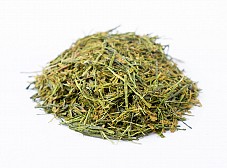
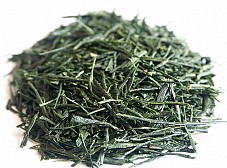
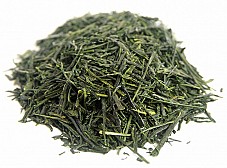






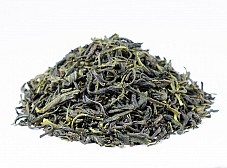

.jpg)
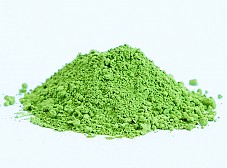
.jpg)

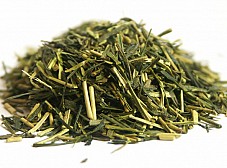
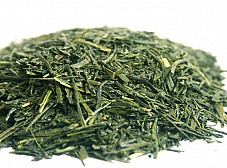
.jpeg)